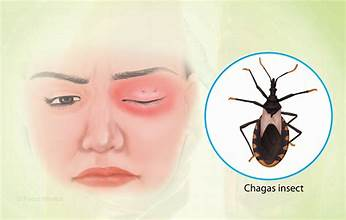increase the risk of Chagas disease
Environment alter is actually silently changing the general public health and wellness yard in the Amazon.com. Regular droughts, floodings, deforestation, as well as various other ecological issues can easily result in the development of brand-brand new illness or even the spread out of formerly managed illness.
increase the risk of Chagas disease
An emblematic situation is actually that of Chagas illness, which, in spite of current advancements in research researches on its own biology as well as gear box command, might once more stand for a difficulty for our health and wellness body because of the modifications being actually created towards the yard.
A research study just lately released in the diary Clinical as well as Veterinary Entomology through myself, coming from the Government College of Mato Grosso ( UFMT ) as well as a group of scientists coming from the Government College of Pará ( UFPA), Evandro Chagas Principle , Government Country College of the Amazon.com ( UFRA ) as well as College of Bristol leaves behind a very clear cautioning: worldwide warming might help with the growth of kissing insects, vectors of Chagas Illness, right in to brand-brand new locations of the woodland.
Chagas illness
The illness, triggered due to the protozoan Trypanosoma cruzi , is actually transferred mainly through bugs referred to as kissing insects. Chagas illness (CD) has actually existed for countless years as an illness in wild pets, however it started to become transferred towards people unintentionally when individual populaces gotten into wild atmospheres.
the withstanding misconceptions
Although it is actually aged, Chagas Illness in people was actually just explained in 1909, complying with the breakthrough created through Brazilian physician Carlos Chagas, that spotted the parasite in a two-year-old kid in the urban area of Lassance, in the indoor of Minas Gerais.
The breakthrough was actually thought about a turning point in the background of medication because of the simultaneous breakthrough of the vector (the barber bug), a few of the wild as well as residential holds, the etiological representative of the illness (the protozoan Trypanosoma cruzi ) as well as the pathology connected with the infection.



